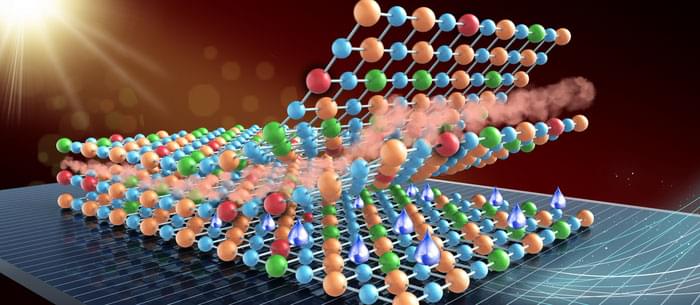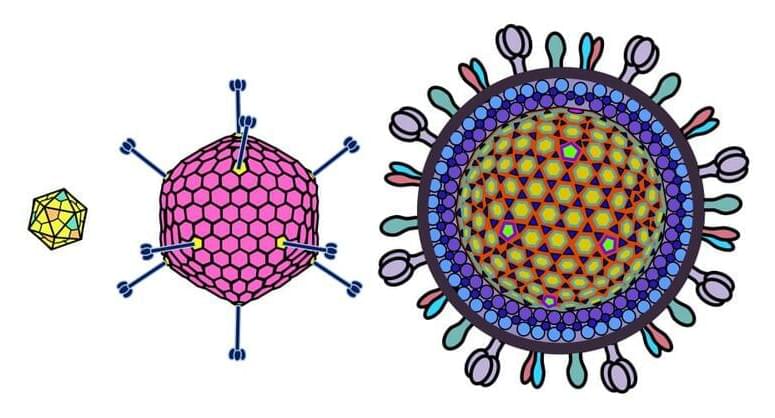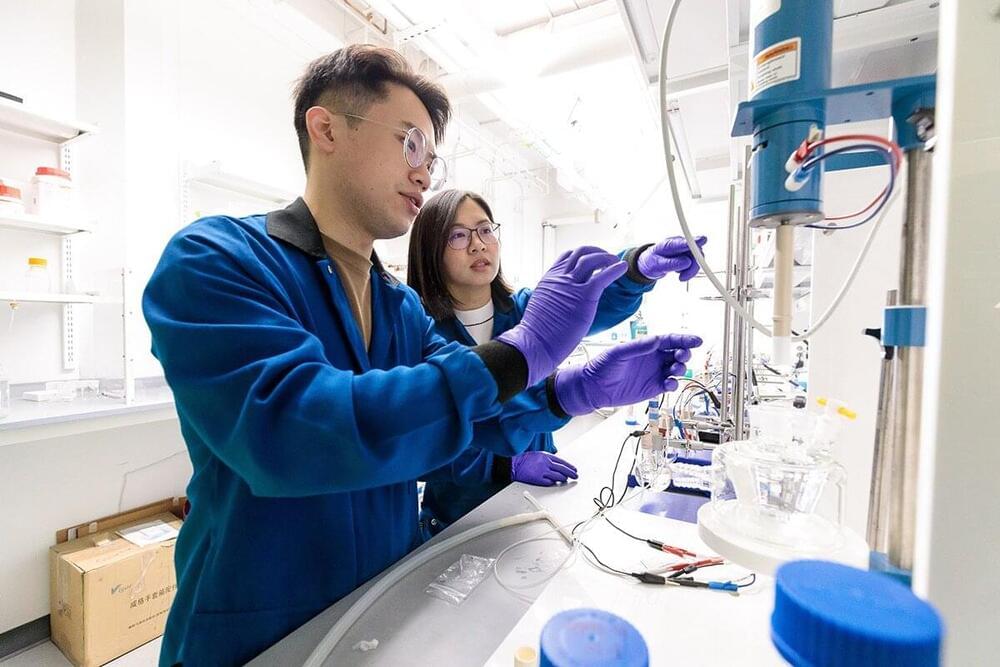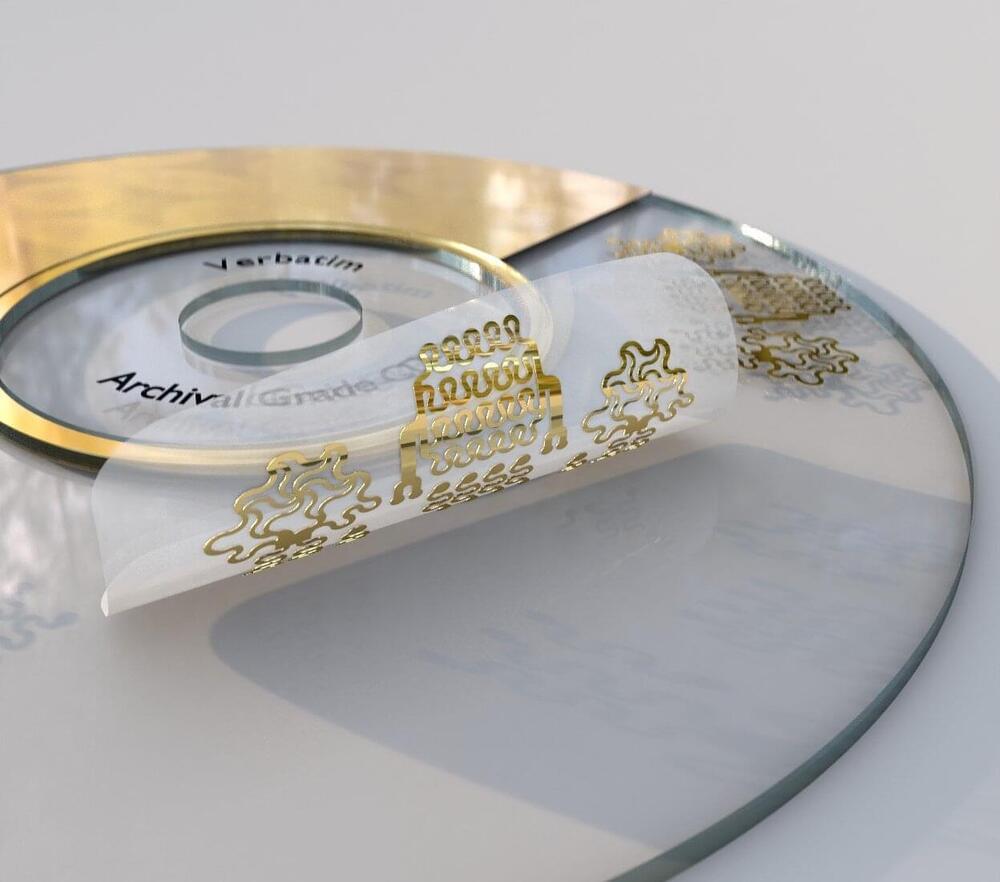Jul 29, 2022
Scientists fabricate high-performance large-area perovskite submodules for solar cells
Posted by Shubham Ghosh Roy in categories: chemistry, engineering, physics, solar power, sustainability
Perovskite solar cells (PSCs) are promising solar technologies. Although low-cost wet processing has shown advantages in small-area PSC fabrication, the preparation of uniform charge transport layers with thickness of several nanometers from solution for meter-sized large area products is still challenging.
Recently, a research group led by Prof. LIU Shengzhong from the Dalian Institute of Chemical Physics (DICP) of the Chinese Academy of Sciences (CAS) has developed a facile surface redox engineering (SRE) strategy for vacuum-deposited NiO x to match the slot-die-coated perovskite, and fabricated high-performance large-area perovskite submodules.
This work was published in Joule (“Surface redox engineering of vacuum-deposited NiO x for top-performance perovskite solar cells and modules”).

















